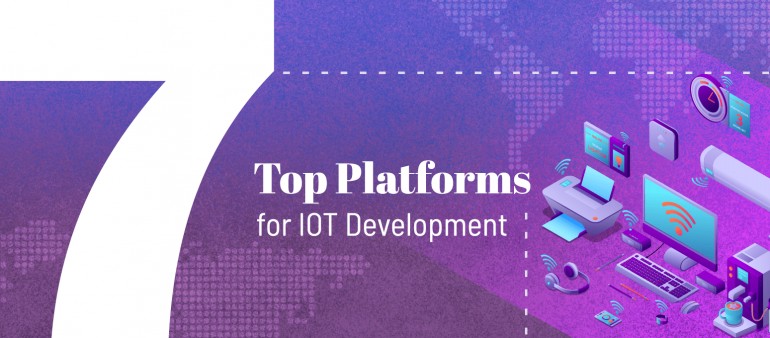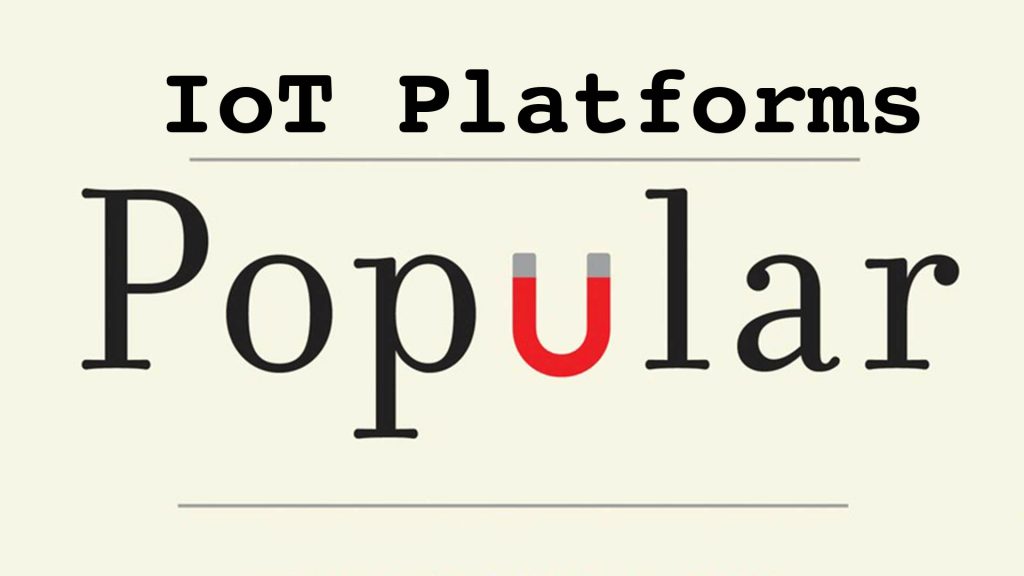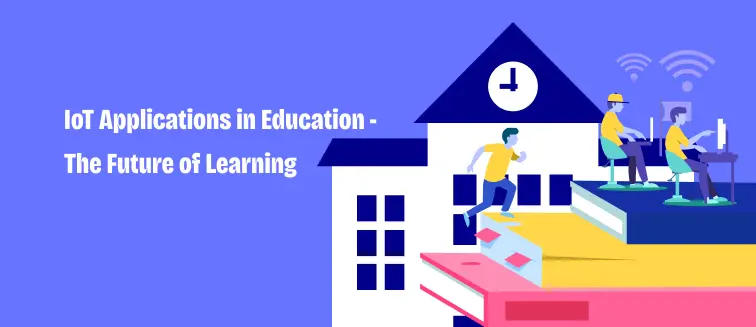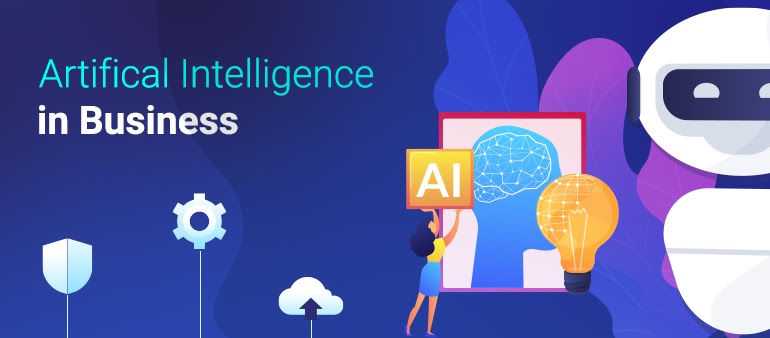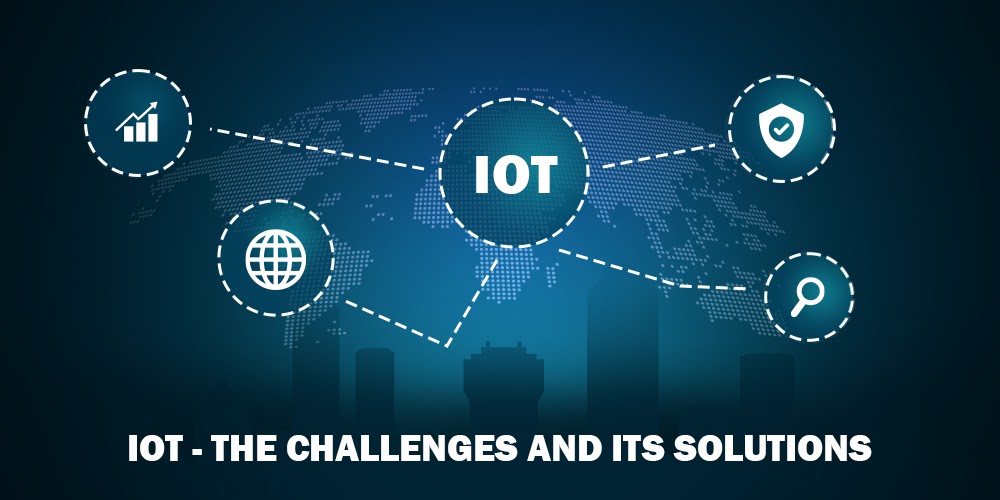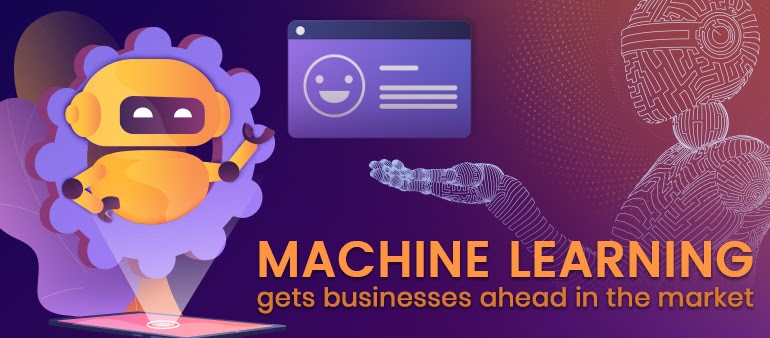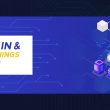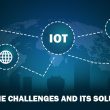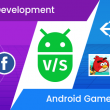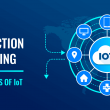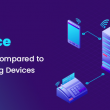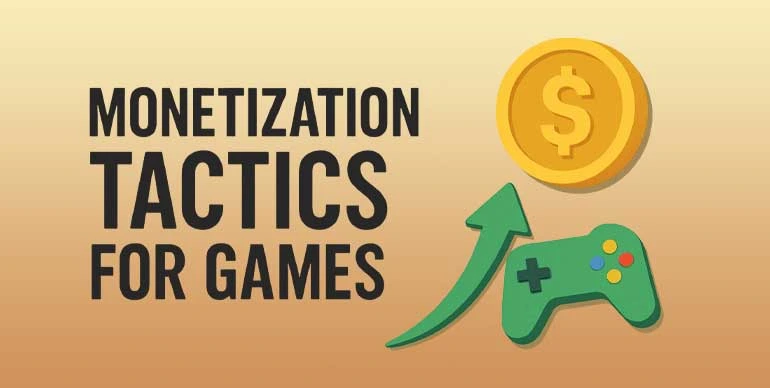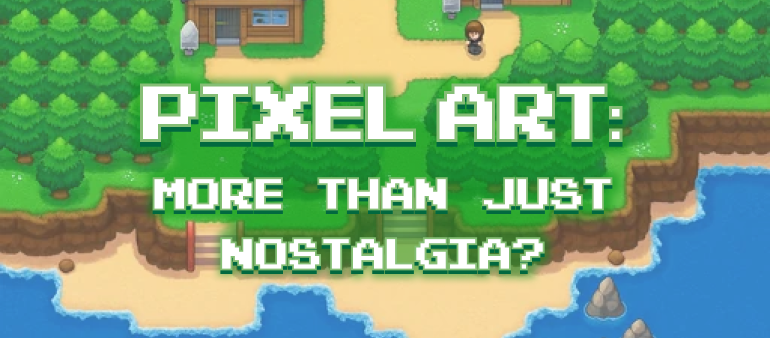The idea of a connected world has certainly come a long way from the first IoT device by John Romkey in 1990, a toaster that could be turned on and off over the Internet. Since then almost three decades have passed, but the major growth in IoT development has come after 2008 when there were more devices connected to the Internet than people. The Internet-connected human population was 6 billion at that time, while connected devices touched the staggering 12 billion mark. That was the time when IoT got the much-needed impetus and started to impact the economy too. By the end of 2019, the global IoT market stood at a massive $690 billion with no signs of stopping in the foreseeable future. Instead, the show is only expected to become even more exciting as IoT continues to grow and become a huge $1256 billion market by 2025. As far as the number of IoT devices is concerned, it is estimated to reach 50 billion by 2025, up from 22 billion in 2019.
There are various new revolutionary technologies also backing the burgeoning growth of IoT devices that are now much more intelligent and useful than Romkey’s toaster. And we know them as AI/ML, Big Data Analytics, Cloud Computing, Digital Twins, Edge Computing, AR/VR, Blockchain, and the next generation mobile connection technology 5G. But, it’s not an easy task to build a complex application, especially for IoT hardware. It requires tech expertise and knowledge of cutting-edge platforms to come up with the best practices when building an IoT solution. That said, I am listing down 7 best platforms for IoT development that most IoT companies are using in 2020 to build impeccable IoT solutions.
7 Popular Platforms for IoT Development
1. Microsoft Azure IoT
Azure IoT offers a collection of managed and platform services from edge to cloud that connect and handle billions of IoT assets. Azure IoT also includes security and operating systems for devices and equipment, along with data analytics to help you build, deploy and control IoT applications. Azure IoT Edge, Azure Stack and Azure Stack Edge allow you to handle push applications and workloads to the edge. Azure IoT Hub and Azure IoT Central are very popular services that an IoT app development company can use for connecting and managing device data with flexibility. You can also create digital models of entire environments using Azure Digital Twins. Azure Stream Analytics helps process a large amount of data generated by sensors, whereas Azure Time Series Insights allows you to explore and gain insights from time-series IoT data in real-time. Microsoft is making continuous efforts to build more IoT products and its new IoT business solution focuses on removing waste through AI and ML and boosting business productivity. Azure is a very popular platform which many businesses are using for easier and productive IoT development.
2. Amazon Web Services (AWS)
AWS is another popular platform available today for IoT development. AWS is also a managed cloud-based platform that connects your IoT device to other devices and AWS cloud services. AWS offers FreeRTOS (an open-source, real-time operating system for microcontrollers) and AWS IoT Greengrass to connect your device and operate them at the edge. So, your edge devices can act locally on the data they generate, while the cloud will still be used for management, analytics, and durable storage. Using FreeRTOS, you can easily program, deploy, secure, connect, and manage small, low-powered edge devices. For robust security, control and management of your devices from the cloud, AWS IoT suite includes AWS IoT Core, AWS IoT Device Defender and AWS IoT Device Management. AWS IoT Analytics and AWS IoT Events allow you to run sophisticated analytics on massive amounts of IoT data. Several companies globally use AWS for IoT development as it provides an exclusively solid and easy-to-use framework in the cloud, along with versatility, adaptability and cost-effectiveness.
3. IBM Watson
IBM Watson is an API offering centralized service for connecting sensors, service transceivers, and backend. Watson also brings Blockchain and IoT technology together and enable data analytics that allow businesses (especially manufacturing, electronics management, and infrastructures that require lots of maintenance) to capture and explore data for devices, equipment, and machines, and get executable insights for better decision-making. IBM Edge Application Manager helps scale run edge solutions anywhere with autonomous management to act on insights closer to where data is created.
The portfolio of edge-enabled applications and services include IBM Visual Insights, IBM Production Optimization, IBM Connected Manufacturing, IBM Asset Optimization, IBM Maximo Worker Insights and IBM Visual Inspector. With IBM Waston, you get the flexibility to deploy AI and cognitive applications and services at scale. Watson’s advanced machine learning solutions help analyze data and detect anomalies in the historical data. You can dynamically retrain models, automatically generate APIs to build AI-powered applications, and streamline model management and deployment end-to-end with an easy-to-use interface. IoT data collection and processing play a big role in the success of IoT projects to which IBM Watson provides some brilliant services to use easily and for high accuracy.
4. Home Assistant
It is an open-source tool for home automation that puts local control and privacy first. Home Assistant is designed after combining Home Assistant Core and tools which allow users to run it easily on a Raspberry Pi and other platforms without setting up an operating system first. Home Assistant functions with a Python-based coding system. You can set up your own Home Assistant server with MQTT support. Using Home Assistant, you can build an IoT system that can be easily controlled with mobile or desktop browsers.
Though Home Assistant lacks cloud components, it’s well trusted by customers for operations, security and privacy in this Internet age. The recommended hardware for Home Assistant is a Raspberry Pi 4 Model B, but you can also use it on an existing, more traditional Linux host by using Docker. Home Assistant addresses the security concerns over sending private data to centralized servers for processing, let’s say simply for turning on lights of your home. This platform provides a private centralized hub for automation and communication between a home's various IoT devices. Home Assistant is a popular platform, approaching its 600th release from nearly 2,000 contributors on GitHub.
5. Arduino
Arduino is an IT company based in Italy and builds microcontroller boards, interactive objects and kits for IoT development. Arduino is the most preferred IDE for IoT and provides a full-blown, mature and very well optimized platform to interconnect different hardware systems. It acts as the brain of the system and processes the data from sensors and comes with an ATMEGA microcontroller that processes the data and facilitates the proper working of the IoT system. The beauty of Arduino is that it can be programmed ‘n’ number of times, which means you can use it for various types of IoT projects just by making changes in a simple code. C++ is used for Arduino programming and an IDE software for Arduino based IoT projects. You can build hardware using Arduino by feeding a logic to take input from the environment, process it, and produce a desirable output. For example, your garden sprinkler to start pumping water when the temperature outside is greater than 50 degrees or automatically pulling out your window blinds at a fixed time in the morning.
6. Eclipse IoT
Eclipse IoT provides a set of services and frameworks for IoT software app development. It allows developers to build M2M and IoT applications and enable features such as device management, wired/wireless communication, and vertical solutions. Eclipse IoT is a collaboration of various companies and individuals who are committed to build a set of open source IoT technologies. Among its major services is SmartHome which helps create a framework for building smart home solutions. SmartHome facilitates interaction between devices by providing uniform device and information access. Eclipse SCADA makes it possible to connect various industrial instruments to a shared communication system. Besides, it post-processes data and sends data visualizations to operators.
Eclipse IoT also embraces important standards and its libraries are superb for M2M/IoT device communication via MQTT, CoAP or ETSI M2M. Eclipse Ditto is where IoT devices and their digital twins get together. This framework enables you to manage the state of digital twins. By providing search functionality on meta data and state data, Eclipse Ditto also allows you to organize your set of digital twins, building a bridge between real-world IoT devices via their digital representations and applications. Eclipse Ditto is where IoT devices and their digital twins get together. This framework enables you to manage the state of digital twins. By providing a search functionality on meta data and state data. Eclipse Ditto brings IoT devices and their digital twins together. You can organize your set of digital twins and build a bridge between real-world IoT devices through their digital representations and applications.
7. Contiki
Contiki is a very popular open-source IoT operating system, especially for low power microcontrollers and other IoT devices to run effectively using Internet protocol IPv6, and IPv4. Contiki is written using C to provide a rapid environment for development in a single download. It also supports wireless standard CoAP, 6lowpan, and RPL. You need only 10kb of RAM and 30 kb of ROM to run this IoT operating system. Contiki programming model uses Protothread memory-efficient programming. Contiki has broken many myths about the smallest footprint in which an OS can be stored and made to function. It also has ports available on other platforms such as Arduino and Atmel. Contiki’s functions include process and memory management, communication management, file system management, and more.
With this, I have covered 7 top platforms for IoT development. From tech giants (like Google, Amazon, IBM Corporation, Cisco and Microsoft) to many startups with great IoT ideas and backed by big funding (like Alert Media, Armis Security and Element Analytics) are now leveraging IoT development to create a smarter world where people don’t need to wait as devices communicate. We are also witnessing IoT applications such as driverless cars, smart homes, smart healthcare, smart grids, and many more turning into reality. If you are also looking forward to building an IoT solution to solve a real-world problem, Logic Simplified can help shape your idea into a reality.
Why Logic Simplified for IoT Development?
Logic Simplified, an IoT application development service company based in Dehradun, India, is committed to deliver high-end IoT solutions. Logic Simplified’s focus areas in IoT are vision technology, home automation & smart office, connected cars & traffic, healthcare, retail, smart grid appliances, and education. Our IoT developers use sophisticated platforms for IoT development, such as Amazon Web Services IoT, Microsoft Azure IoT, Google Cloud IoT, and more. Third party APIs we use include Google Assistant, Google Home, Google Vision, Apple HomeKit, MI Light, Cortana, Alexa Voice Service, Philips Hue and Android Things. Our team of programmers use C/C++, Python, Ruby and JavaScript to program IoT systems. We have already built various IoT apps of international standards and the experience of our offshore team in the field can significantly help you save development time and cut costs. For example, we have built a mobile application that correctly suggests the best fit of any garment or footwear. Another is a security device which notifies users through their smartphones when any vehicle comes in a defined radius on the rear side of their vehicles. We can help you too to build a top-notch IoT solution. If you want to discuss your IoT development idea with us, write to us at enquiry@logicsimplified.com, and our experts will get back to you shortly to tell you how we can be your perfect technology partner to build a smart IoT app.
 Get a Quote
Get a Quote

